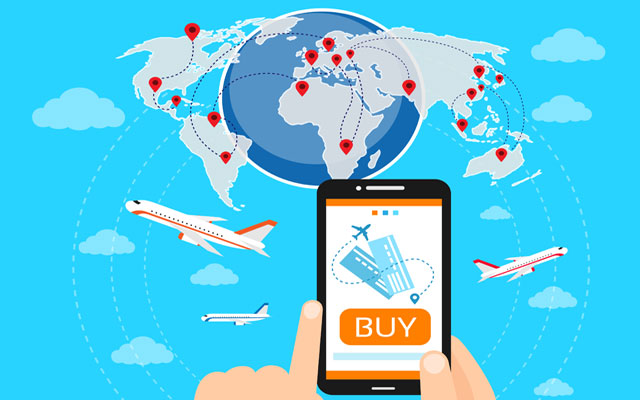
The first IATA Pay ticket purchase transaction has been completed in a live test environment.
The live test conducted with UK-based fintech company ipagoo was done under the UK’s Open Banking framework with IATA Pay pilot airlines, including Cathay Pacific Airways, Scandinavian Airlines and Emirates.

IATA Pay is an initiative to develop a new payment option for consumers purchasing a ticket directly from an airline website. It is made possible by the European Commission’s second Payment Services Directive (PSD2), and the UK’s Open Banking regulation. These regulations encourage use of direct debit transactions, where payments are made from the customer’s bank account directly into the bank account of the merchant.
IATA says its role is to develop an industry solution enabling airlines to make this payment option available on their websites.
In a statement, IATA touts user and recipient security as well as instant/near instant payment as some benefits of the new method.
IATA Pay is said to offer airlines a cheaper alternative and simpler payment process resulting in fewer lost sales, according to the association.
“Today’s consumers, and especially millennials, have expectations of multiple payment options including mobile and peer-to-peer. IATA Pay responds to these expectations. At the same time, airlines are trying to manage significant card payment costs – US$8 billion per year and rising. A large part of this cost is incurred in direct purchases from airline websites,” said Aleksander Popovich, IATA’s senior vice president of financial and distribution services.
IATA is also working with Deutsche Bank on a prototype for Europe (excluding the UK), starting with the German market, which is expected to undergo testing in early 2019.
Following this, IATA will validate the concept with the intention to expand to other regions.



















